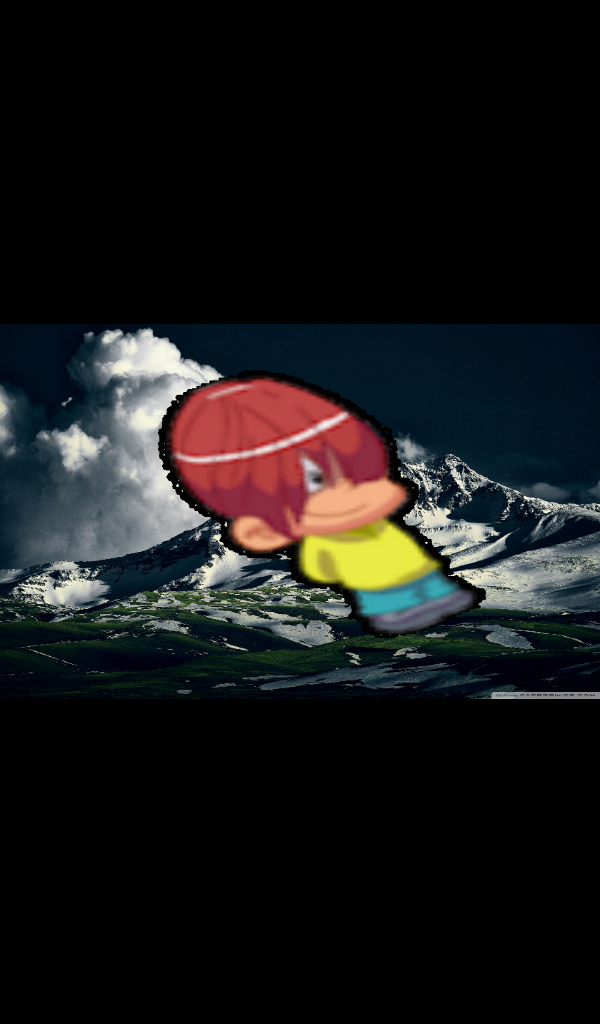

- #Add border to text opencv how to
- #Add border to text opencv movie
- #Add border to text opencv install
- #Add border to text opencv full
If OpenCV is already installed on your computer, lucky you! You can check to see if you have it installed or double check your version in a python shell like this: For this project I am using OpenCV 2.4.12.
#Add border to text opencv install
That means we have to install it manually. Unfortunately, OpenCV is not available via pip. If you’re on Windows, try following this tutorial. We’ll kick things off by getting started with OpenCV on Mac. Phone numbers can be verified via your Twilio Account’s Phone Numbers Page. If you are using a Twilio trial account for this example, you will only be able to send messages to phone numbers that you have verified with Twilio.

12 (Don’t worry, we’ll walk through the setup below)

#Add border to text opencv movie
With the help of an open source image processing library called OpenCV, along with Twilio MMS, Python, and Flask we are limited only by our imagination.Īnd if you haven’t seen The Martian yet, seriously, what are you waiting for? The movie is really good, filled with science, Matt Damon and potatoes.
#Add border to text opencv how to
What is the right (or a good) way to robustly filter for text like this? Is there a "standard" technique that can latch onto this kind of outline? I'm hoping to stick to image processing and basic heuristics, rather than more advanced discrimination like machine learning.If you’re curious to find out how to launch yourself into outer space and land on Mars, you’ve come to the right place.
#Add border to text opencv full
on the right here is a feature that looks quite "text-y" after thresholding.įiltering "small" contours is also challenging, as there are valid small strokes in Chinese, as well as punctuation like full stops and commas. I have tried to filter the image with a Laplace Pyramid filter (based on this example), but it's hard to find a filter that homes on the white text without often blowing noise in the background into pure white too. Some backgrounds are very noisy, so there can be a lot of spurious edges too (this is a bit contrived, as no filtering is done, and the Canny aperture is too big, but the double edges are visible): A naive first attempt that just thresholded the image is not sufficient, as it (predictably) produces artifacts in areas of white background (eg under the first and second characters in this example).Įdge detection is also challenging, as you get a decent "inner edge" for the white-black edge, but you might or might not get an outer edge for the black-background boundary (if the background is dark), or you might only get a partial or unclosed outline. What I'd like to achieve is something like this that can be fed to OCR:

What I'd like to achieve is a "tidy" black-on-white image of the text.Įxample input, something like this, where the background is uncontrolled, and can also be as white as the text. The text in question is mostly in Chinese script (some numbers and Latin letters) of a known font (looks like SimHei), is white (ish) and has a black (ish) border, and occurs left-aligned at a constant location. I have some video frames I'd like to extract some text from (for making softsubs from hardsubbed video for learning).


 0 kommentar(er)
0 kommentar(er)
